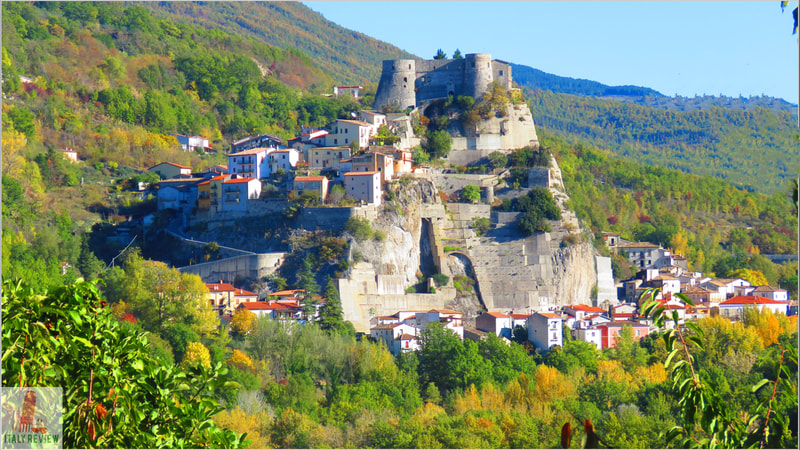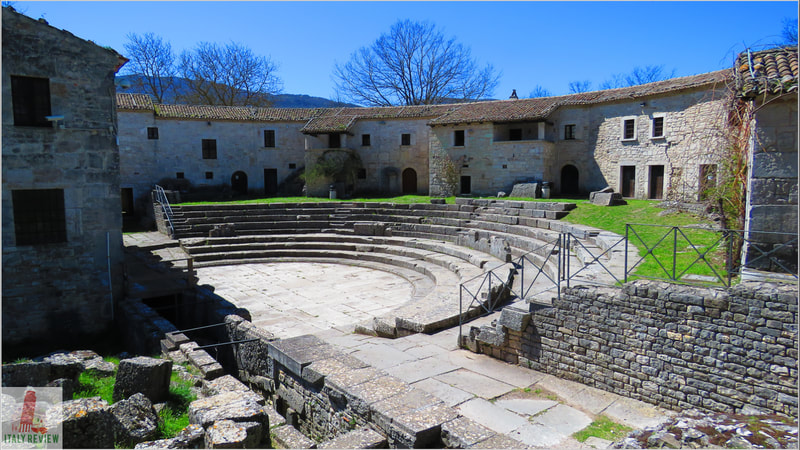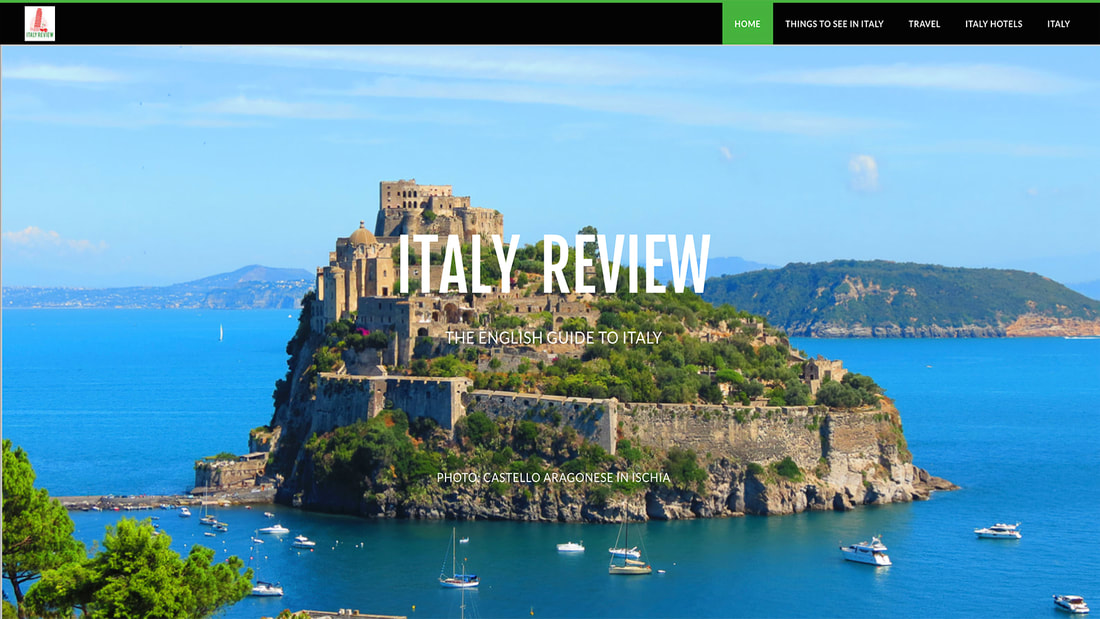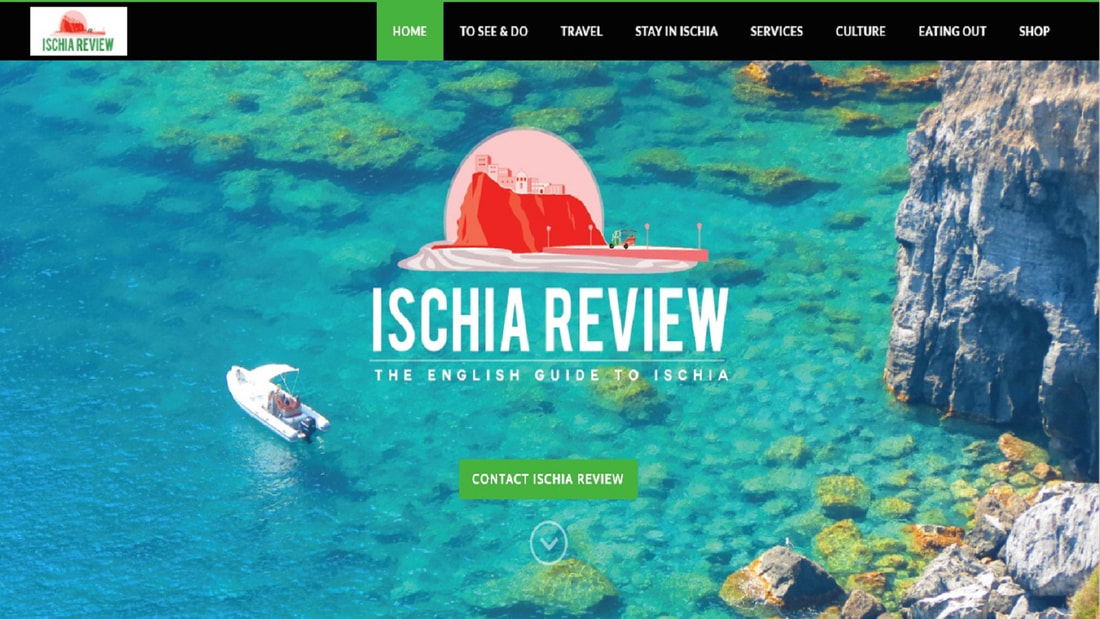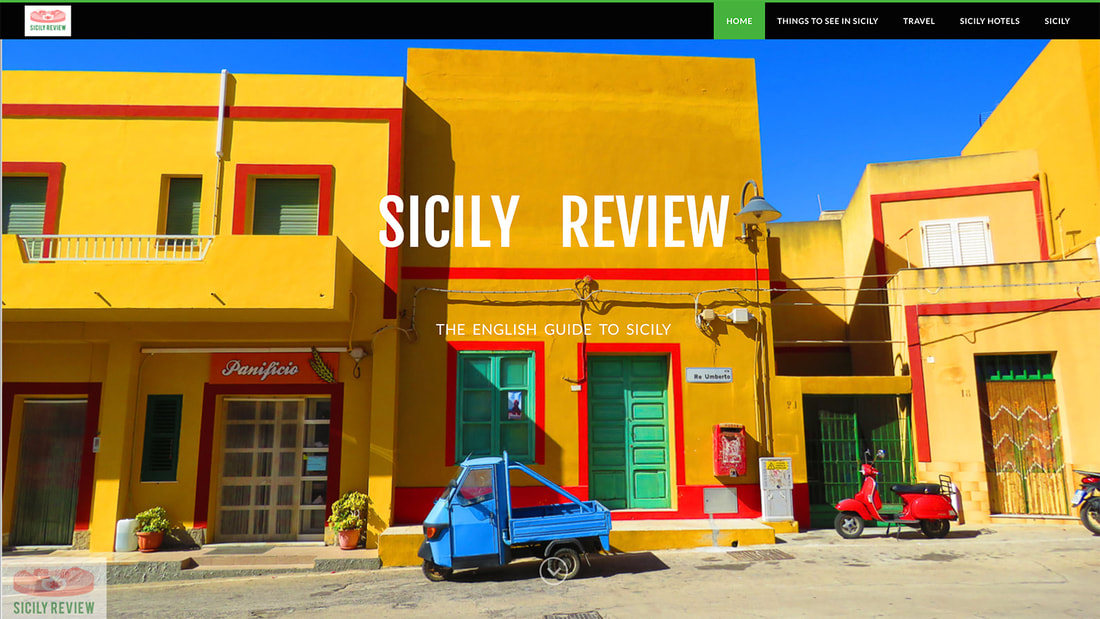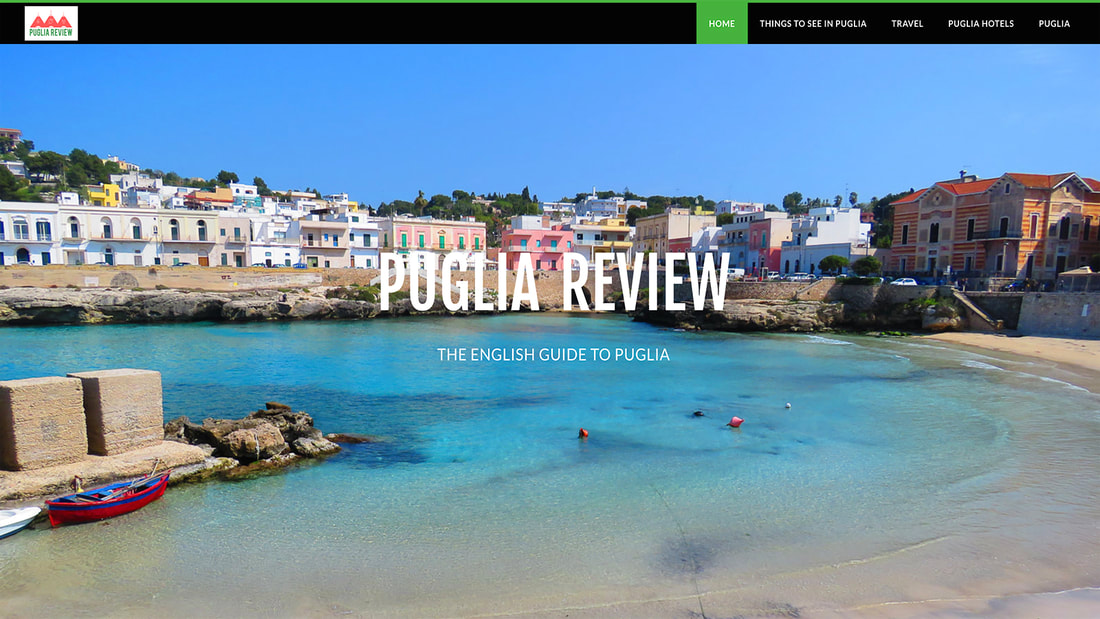Molise
Latest update: 25 March 2023
|
Of the twenty regions of Italy, Molise is the second smallest, just edging out the northern region of Valle d'Aosta both in terms of population and square kilometres.
Molise only came into being in 1970 when it was officially separated from the former region of Abruzzi e Molise, dividing the current regions of Abruzzo and Molise into two. Molise now expands from central to southern Italy with the Adriatic Coast to the east and Apennine Mountains to the west. |
|
Related links
The coastal area is fairly short, stretching around 35 kilometres from Puglia to the south and Abruzzo to the north. Inland, among the hills and narrow roads that wind between them, you eventually reach borders with Lazio and Campania.
By far the largest city in Molise is Campobasso which is both the regional capital as well as the capital of Campobasso Province. As with most of the other Italian regions, Molise is divided into provinces, two in this case, with the other one being Isernia Province. The city of Isernia is the third most populous in the region and one of fascinating history; it's home to the National Paleolithic Museum, built on a site that dates back some 700,000 years.
Perhaps the most famous historic sight in Molise is the Archaeological area of Saepinum, close to the border with Campania and the Matese Regional Park. One of the best-preserved archaeological sites in Italy, Saepinum was founded by the Romans and has a wide range of artefacts from the period.
One of the major tourist destinations in Molise is the seaside town of Termoli, the second most populous in the region. It combines a fascinating hill town and centro storico (historic centre) with an expansive sandy beach and modern accommodation options. It's also the most popular port for ferries to the Tremiti Islands in Puglia.
The terrain of Molise is typically one of hills and forests. This attracts hikers who are drawn to its nature trails, among which are a series of ancient paths called Tratturi which were principally used for the transportation of livestock. In recent years, much work has gone into restoring the Tratturi to make them fit for modern use.
In what can be seen as both a positive and a negative, Molise has one of the most under-developed road networks in Italy. The roads can at times cause some frustration, but the positive effect of their lack of maintenance is the preservation of small hill towns and their traditions, unspoilt and untouched by modernity. There are dozens of fascinating hills and villages sprinkled throughout the region including Bagnoli del Trigno, Cerro al Volturno and Sant'Angelo Limosano to name just a few. Also, keep an eye out for the town of Civitacampomarano with its artistic murals attracting a new breed of visitor in modern times.
Some of the most elevated ares of Molise become ski resorts during the winter. Among them are the town of Capracotta and the resort of Campitello Matese, both standing around 1,500 metres above sea level.
By far the largest city in Molise is Campobasso which is both the regional capital as well as the capital of Campobasso Province. As with most of the other Italian regions, Molise is divided into provinces, two in this case, with the other one being Isernia Province. The city of Isernia is the third most populous in the region and one of fascinating history; it's home to the National Paleolithic Museum, built on a site that dates back some 700,000 years.
Perhaps the most famous historic sight in Molise is the Archaeological area of Saepinum, close to the border with Campania and the Matese Regional Park. One of the best-preserved archaeological sites in Italy, Saepinum was founded by the Romans and has a wide range of artefacts from the period.
One of the major tourist destinations in Molise is the seaside town of Termoli, the second most populous in the region. It combines a fascinating hill town and centro storico (historic centre) with an expansive sandy beach and modern accommodation options. It's also the most popular port for ferries to the Tremiti Islands in Puglia.
The terrain of Molise is typically one of hills and forests. This attracts hikers who are drawn to its nature trails, among which are a series of ancient paths called Tratturi which were principally used for the transportation of livestock. In recent years, much work has gone into restoring the Tratturi to make them fit for modern use.
In what can be seen as both a positive and a negative, Molise has one of the most under-developed road networks in Italy. The roads can at times cause some frustration, but the positive effect of their lack of maintenance is the preservation of small hill towns and their traditions, unspoilt and untouched by modernity. There are dozens of fascinating hills and villages sprinkled throughout the region including Bagnoli del Trigno, Cerro al Volturno and Sant'Angelo Limosano to name just a few. Also, keep an eye out for the town of Civitacampomarano with its artistic murals attracting a new breed of visitor in modern times.
Some of the most elevated ares of Molise become ski resorts during the winter. Among them are the town of Capracotta and the resort of Campitello Matese, both standing around 1,500 metres above sea level.
Regione Molise
|
Regional capital: Campobasso
Population: 294,294 (source: ISTAT 1 January 2022) Size: 4,438 km² Provinces: 2 Highlights: Termoli, Saepinum, Bagnoli Trigno, Cerro al Volturno |


